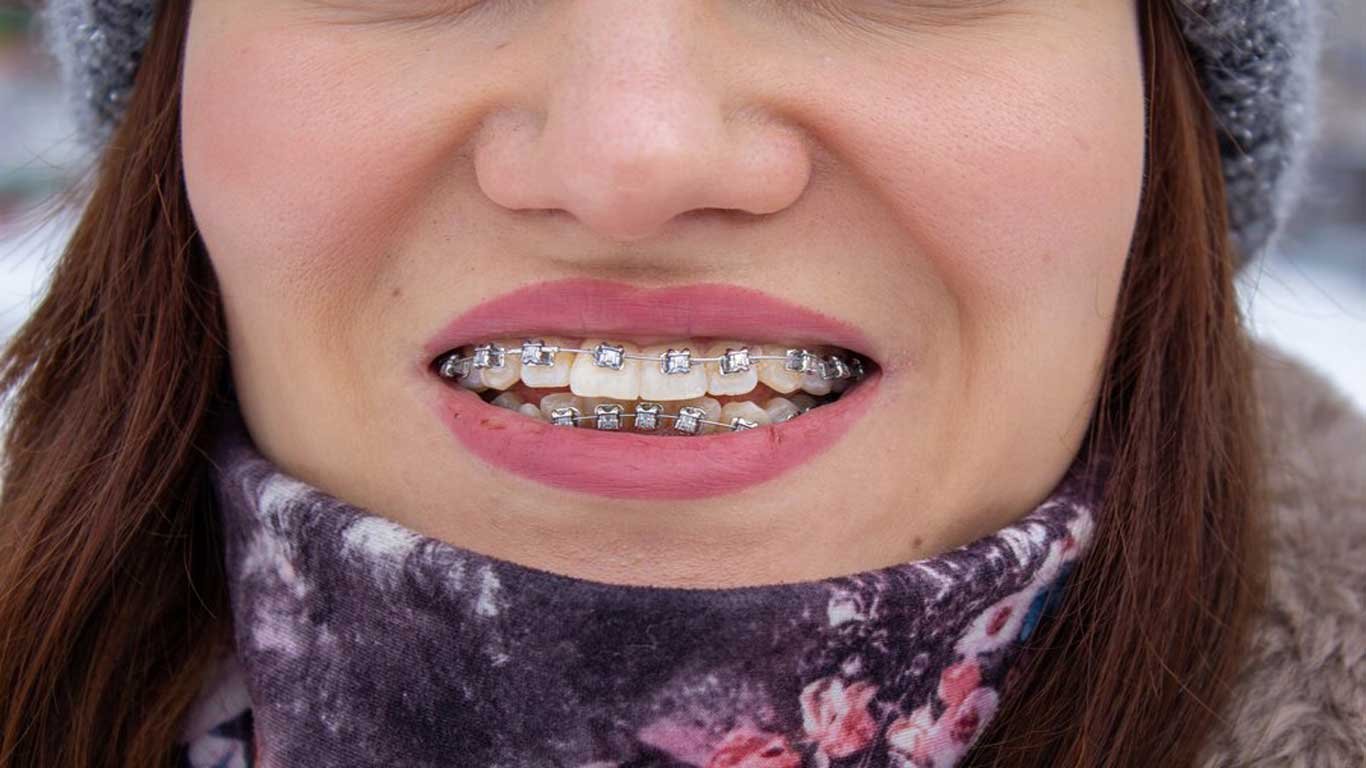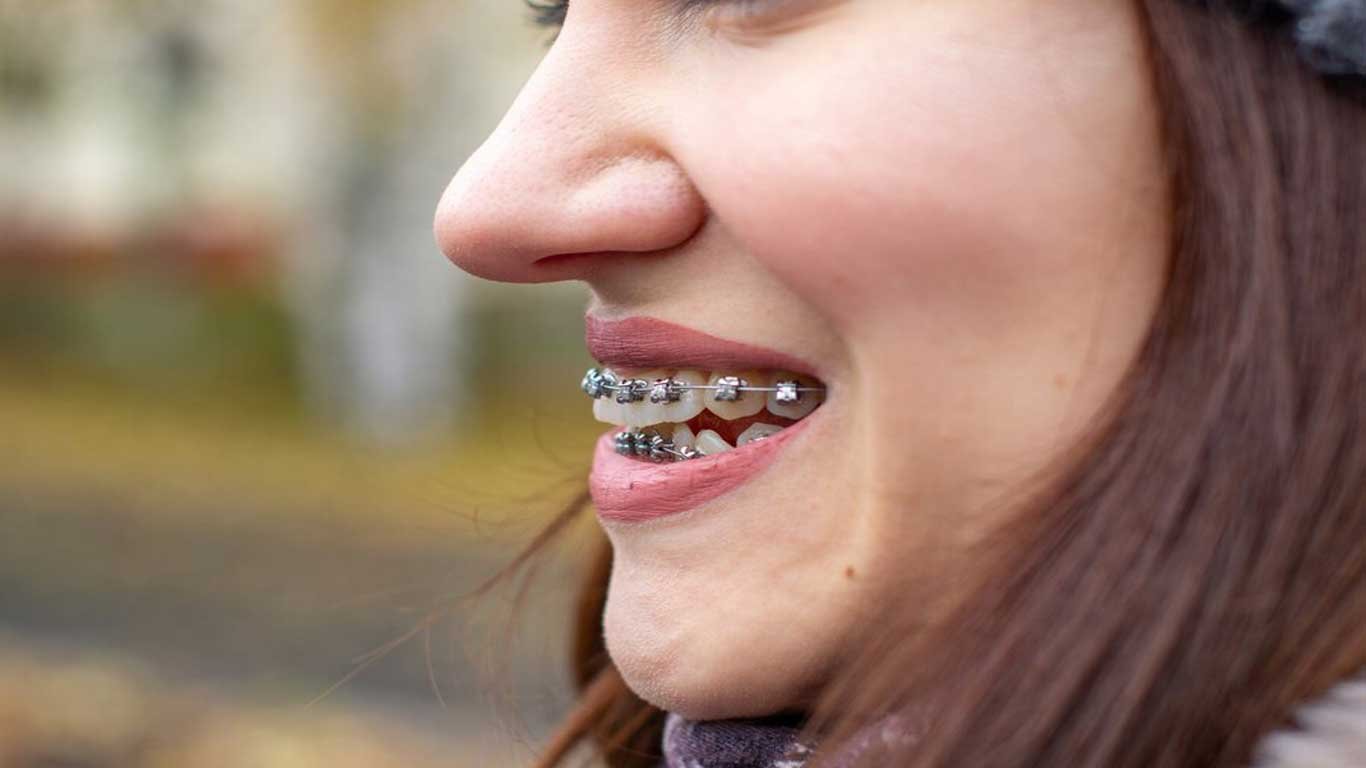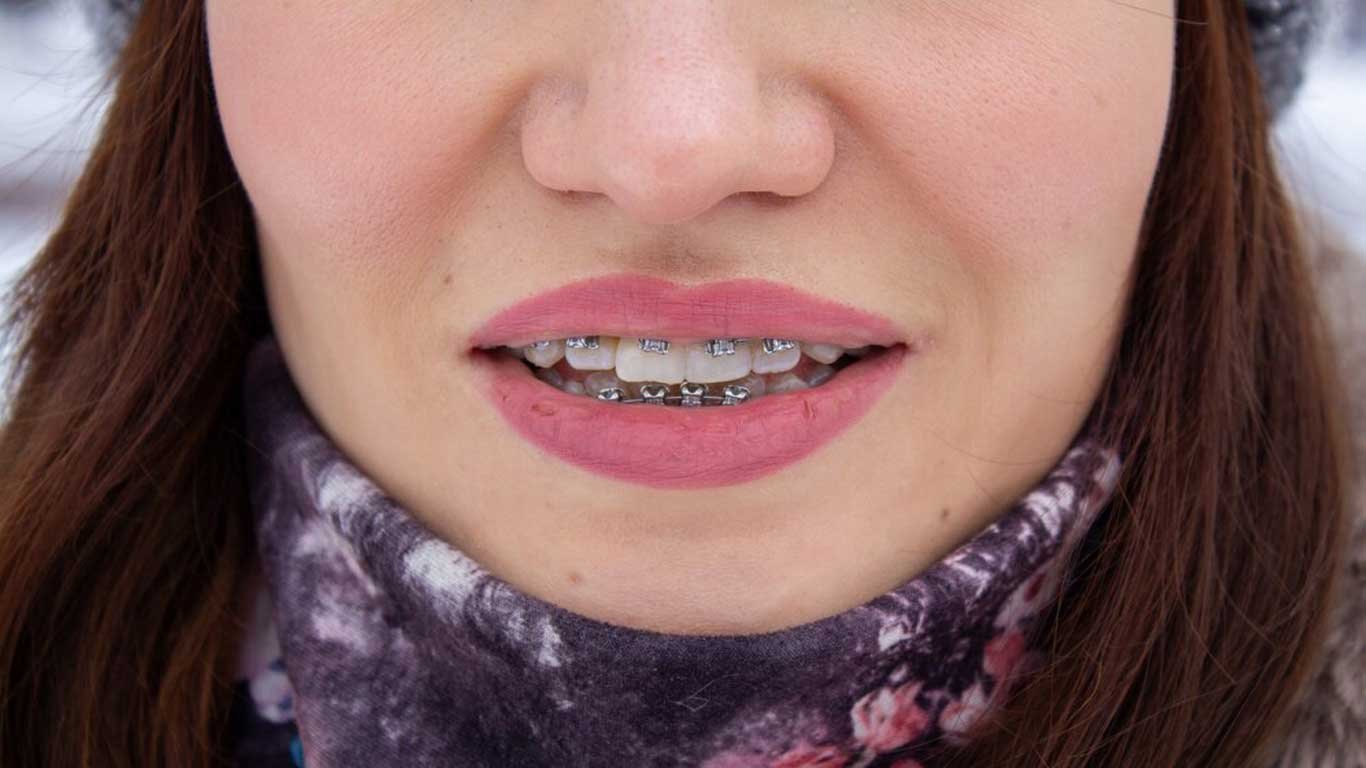Adult Traditional Metal Braces? You’re Not Alone! The Story of Transformation
As an orthodontist with many years of experience, I often encounter patients who hesitate to undergo orthodontic treatment despite their desire for a beautiful smile.
Before I delve into one of these stories, please note that all names mentioned in my articles are fictitious to respect the patients’ privacies.
Sarah, one of our patients, came to us with an Overbite at the age of 23. Initially, she insisted on having Invisalign, but due to the severity of her condition, Invisalign wasn’t a suitable option.
Join me as I accompany Sarah on her journey with traditional metal braces, exploring her experiences, challenges, and ultimate success in achieving the smile she always wanted.
The Story of Sarah and Her Traditional Metal Braces Journey
As mentioned earlier, Sarah initially insisted on having Invisalign because she thought she was too old to wear traditional metal braces. The common misconception is held by at least 90% of our patients and, on a large scale, by our community!
As an orthodontist, it’s my duty to raise awareness in the community I live in. Thanks to advancements in technology, traditional metal braces are very different from what we used to know.
I advised her to consider adult ceramic braces because they are less noticeable than traditional metal braces. However, due to the higher cost, she ultimately chose traditional metal braces, though with visible disappointment on her face.
This reaction wasn’t new to me, as I knew better than anyone that she would soon be smiling happily, even with the braces on her teeth.
In the past, braces were like a complex web of wires wrapped around each tooth. Now, orthodontists use brackets glued to the teeth with a single wire connecting them. This method is much more comfortable, less invasive, and less likely to cause damage.
Moreover, at York Orthodontics, we provide complimentary X-rays and high-quality diagnostic photos for every patient, all free of charge to offer a tailored treatment plan for each individual dental case.
I assessed the position of each of Sarah’s teeth and her jaw bones to create a clinically excellent smile that is not only aesthetically beautiful but also ensures proper bite functionality.
Let’s avoid technical statements and more focus on Sarah and her orthodontic journey.

Sarah’s Journey with Traditional metal Braces
Sarah’s orthodontic journey was full of challenges, from initial discomfort and adjustments that were great hurdles for her.
The first few weeks were the toughest for Sarah. The braces felt foreign in her mouth, and she struggled with eating, speaking, brushing, and flossing. For example, the first time she attempted an apple, let’s just say the experience involved a lot of creative maneuvering and a slightly bruised ego.
But Sarah wasn’t one to give up easily. As the weeks passed, the discomfort subsided, and she found clever workarounds for trickier foods. A sense of accomplishment washed over her when she finally conquered that stubborn apple, bite by bite.
As time passed, Sarah began to notice subtle changes in her smile. Her teeth started to shift, gradually aligning into a harmonious position. These early signs of progress motivated her to persevere, despite the occasional soreness and adjustments required during her orthodontic visits.
Here is a subtle point for those people who are afraid of undergoing orthodontic treatment due to initial discomforts. All these hurdles are temporary and will be soon a thing of the past.
Beyond the physical challenges, Sarah also faced emotional hurdles. She felt self-conscious about her appearance, especially during social gatherings. Skipping college events for a while impacted her social life, and she found herself avoiding close-up photos due to the braces. There were moments of frustration when the initial discomfort made her question her decision.
To help Sarah adjust to the initial discomfort of her traditional braces, we provided her with detailed information about what to expect. We also offered pain management strategies like soft foods and orthodontic wax. Regular follow-up appointments allowed us to monitor her progress and make adjustments to minimize discomfort throughout the treatment.
By the way, one of the most rewarding moments for Sarah was when she started receiving compliments on her smile. People noticed the transformation, not just in her teeth but also in her confidence. Sarah’s journey with traditional metal braces was not just about straightening her teeth; it was about rediscovering her self-assurance and embracing her smile, flaws, and all.
Sarah’s orthodontic treatment journey spanned roughly two and a half years. As I share this story with you, it’s been about a year and a half since I first met her. Witnessing her success brings immense joy and reinforces the value of all our efforts.
Let’s cut the story here, and talk about the two important subjects in the field:
- Traditional braces cost
- Benefits of Invisalign over traditional braces

Traditional Braces Cost
- Approximately, the cost of traditional braces can vary from $3,000 to $7,000.
- Clear braces prices can range from $4,000 to $8,500.
- Self-ligating braces have a price in the range of $4,000 to $7,500.
- Lingual Braces prices are from $8,000 to $13,000.
Please note some factors that affect the cost of traditional metal braces:
- The Type of Braces: The cost of braces varies depending on the type you choose, with traditional metal braces being the most affordable option.
- The Complexity of your case: If you have mild dental problems, including crowding, gaps, or any kind of bite issues, your treatment time will probably take less, leading to a lower cost. In contrast, you should expect more treatment time for severe cases, leading to a higher cost.
- Location: In short, in big cities like Toronto, higher transportation prices directly impact all services, including braces.

The cost of braces can vary depending on the type you choose, ranging from $3,000 to $7,000 for traditional metal braces, $4,000 to $8,500 for clear braces, $4,000 to $7,500 for self-ligating braces, and $8,000 to $13,000 for lingual braces.
Traditional Braces Cost with Insurance
Most insurance providers, at least partially cover the cost of metal braces treatment and some insurance companies may cover all of the cost. Contact your insurance provider to ensure the details.
Benefits of Invisalign over Traditional Braces
As you may know, Invisalign is a series of clear, removable, and custom-made aligners designed to gradually shift teeth toward the desired position. Invisalign is a suitable option for all kinds of dental problems; however, it has limitations.
It’s only functional for mild to moderate dental issues. Therefore, if your dental problems are severing, metal braces may be the perfect solution.
Despite some limitations, Invisalign could be a more comfortable and effective solution for your specific dental needs. You can remove them for eating, drinking, brushing, flossing, or for important social gatherings, including business meetings.
However, discipline is key with Invisalign. To achieve the desired results, you’ll need to wear the aligners for 20-22 hours per day.
Book Your Consultation For Free
Dealing with any kind of orthodontic problems? Concerning about price? Go no further. At York Orthodontics we offer many flexible payment plans to make your orthodontic journey more affordable.
So why still hesitate? Book your FREE consultation today and enjoy the smooth journey toward a beautiful smile.
